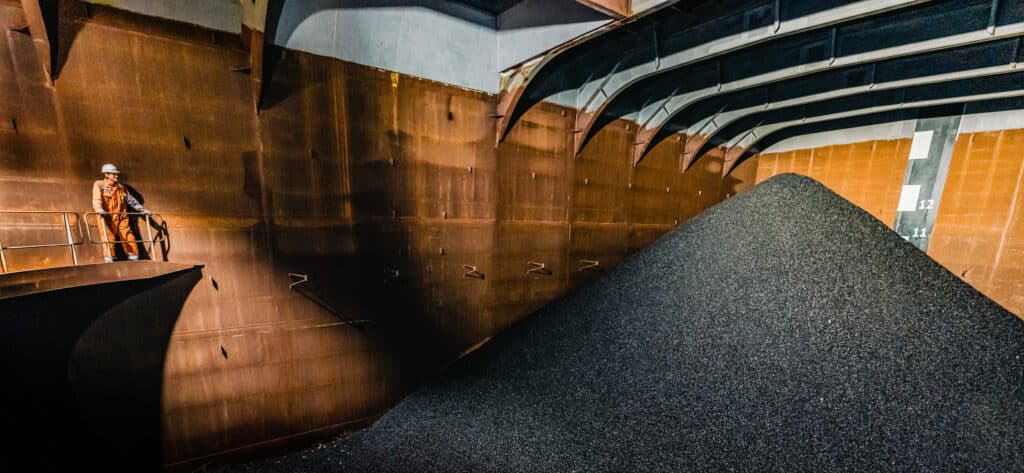Written by Ret. US Naval Commander Kirk Lippold and originally published by The San Diego Tribune
Lippold is a retired naval officer who is now president of Lippold Strategies. He was stationed in San Diego from 1993 to 1996, and lives in Carson City, Nevada.
The state of California earned its well-deserved pro-environmentalist reputation over years of steadfast commitment to our future. In September of last year, Gov. Gavin Newsom signed an executive order forbidding sales of new internal-combustion cars and passenger trucks by 2035. Then, earlier this year, he announced an effort to stop any new hydraulic fracturing by 2024 and all in-state oil extraction by 2045 — a significant step for America’s seventh-largest oil-producing state.
Reasonable minds certainly can differ on the timing and content of California’s approach. However, there is little doubt that such aggressive standards can only be accomplished with significant electrification of the car and truck fleet in California. To maintain this high level of commitment to these environmental goals, California must expand its reliance on renewable power to match the predicted increased demand for electricity for all those additional electric vehicles.
Between the batteries needed in all those new electric cars plus the development of additional sources of renewable energy, California must face the very real prospect that it may be trading the energy independence of recent years for an insecure and unsustainable reliance brought on by mineral dependence. As the Paris-based International Energy Administration reported in May, the production of a typical electric car requires six times the minerals as needed for a conventional car, and a new wind farm requires nine times more mineral resources than a gas-fired power plant.
Unfortunately, shortsighted approaches to production and processing capabilities required for a renewable energy future have left the United States sorely lacking for any appreciable amount of the critical minerals needed to support and sustain a future based on green energy sources. It is why the Biden administration has made supply chain resources a major focal point of its agenda, asking agencies like the Departments of Energy, Commerce and Defense to review supply challenges and weaknesses so we might find solutions that can overcome them.
As the commander of the USS Cole in October 2000 when it was attacked on a supply run at the outset of the war on terror, I can tell you that watching your supply lines closely is critical for protecting national security and the environment. Many of the sources of the so-called “battery minerals” around the world are insecure, controlled by aggressive Chinese positioning, or subject to unacceptable environmental and workplace impacts.
Unregulated and unconstrained mining operations abroad can tear up rain forests or rely on the indefensible practice of using child labor. However, while the choices that lay ahead for California and the nation are tough ones, there are some viable and environmentally conscious solutions for obtaining these much-needed critical minerals. San Diego will play an important and strategic role as the issue unfolds.
One of the cleanest, most affordable and most secure sources of battery metals, including nickel, cobalt, manganese and copper, is miles under the surface of the eastern Pacific Ocean, quite literally lying on the sea floor ready to be collected.
In the June 100-day review of critical supply chains undertaken by the White House, the administration found that if “there are opportunities for the U.S. to target one part of the battery supply chain” then nickel supplies and processing “would likely be the most critical to provide short- and medium-term supply chain stability.” And nickel exists in abundance on the sea floor.
The maritime technology at play can even safely repurpose some of what we have learned in the oil and gas sector. The closest sophisticated port to the most promising fields of polymetallic sea floor nodules is San Diego. Companies like The Metals Co. and others have already prepositioned vessels in San Diego and made appropriate tests to safely leverage this technology. The future looks bright.
Over many years, including when I was assigned to an Aegis guided missile cruiser homeported out of San Diego, a primary feature of the local economy was its deep-water port. The city hosts one of the largest naval fleets in the world, not to mention the only major shipbuilding yard on the West Coast. Our national security and our future again depend on San Diego, and the role it will most surely play in bringing safe and secure minerals from the sea floor to the cleaner transportation and renewable power that Californians demand.
Read the full article on the San Diego Union-Tribune




